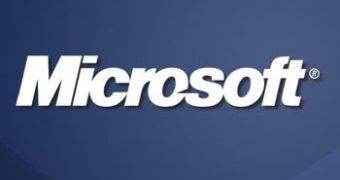Back at the start of 2008, Microsoft embarked on a new path, committing to a strong focus on interoperability. On March 19, 2009 the Redmond company announced that it had managed to hit a new landmark in its effort with in excess of 50,000 pages of technical documentation available for free to the public via MSDN. Craig Shank, general manager of the Interoperability Group, indicated that the resources provided by Microsoft proved a consistent success with the targeted audience, including the company's rivals, judging by the sheer volume of downloads.
“This provides consistent, open access for all developers, which enhances the ease and opportunities for working with Microsoft’s high-volume products. We believe this has been helpful to many in the industry. In the past year, there have been nearly one million downloads of technical documentation for protocols built into Microsoft Windows and Microsoft Business Division products. Based on this information and other market data, we estimate that more than 100 companies and open source projects are using these protocols thus far,” Shank stated.
And fact is that earlier this month the EU antitrust regulators proved that Microsoft's interoperability efforts had not gone unnoticed. In the first week of March, the European Commission announced that it was relaxing the software giant's anti-monopoly leash renouncing to the full-time monitoring of the company. The EU's antitrust body revealed that it was opting instead for ad hoc assistance from technical consultants.
“About one year ago, Microsoft announced a set of broad-ranging changes to our technology and business practices: the Microsoft Interoperability Principles. The purpose of our Interoperability Principles is to increase the openness of our high-volume products and drive greater interoperability, opportunity and choice. The aim of these principles – and the actions we’ve taken in support of them – is to give all software developers – including ISVs, open source developers and developers in customer IT departments – access to technical documentation and other resources that help them build products that work with ours,” Shank added.

 14 DAY TRIAL //
14 DAY TRIAL //